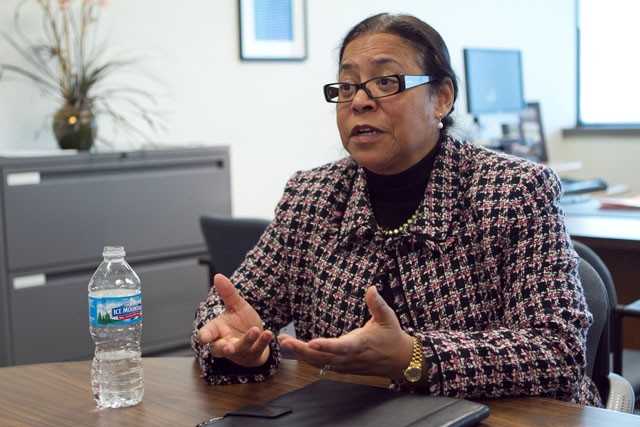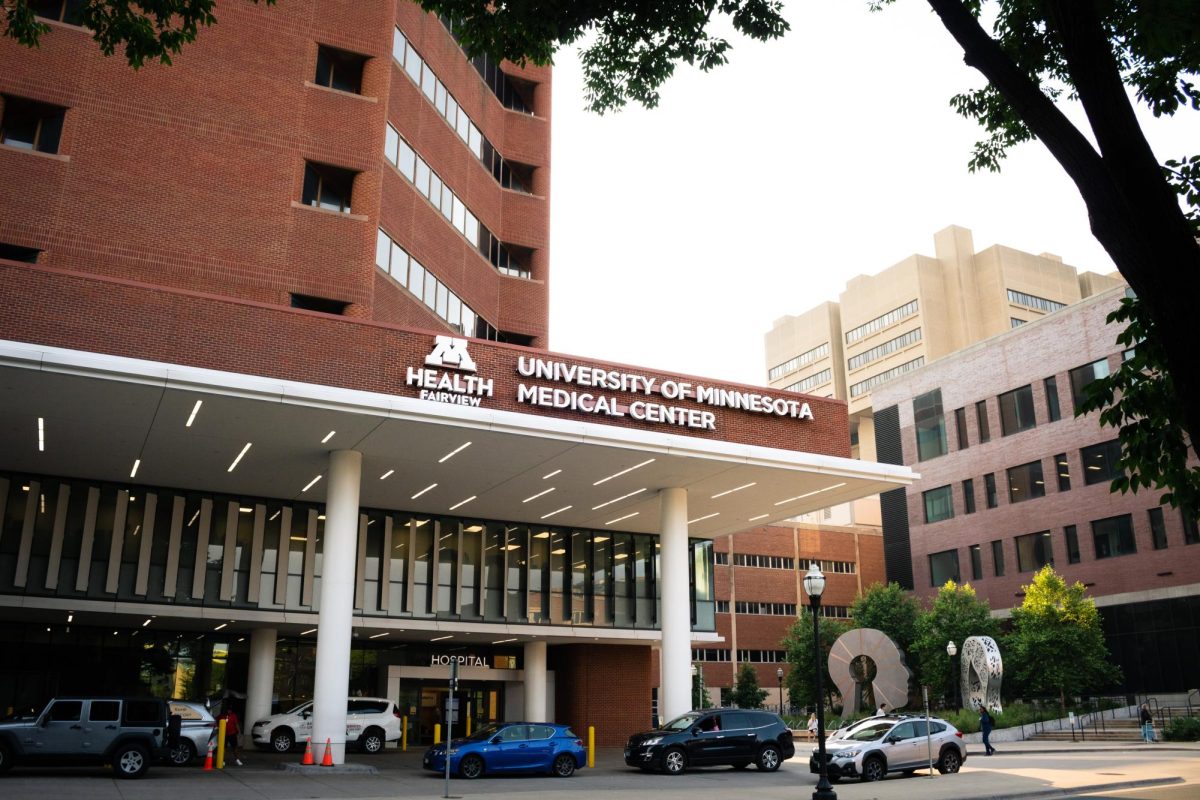While proposed cuts to state colleges crowded headlines last week, Dr. Sheila Wright quietly assumed the stateâÄôs top higher education post, controlling upwards of a quarter-million dollars in financial aid.
Wright says her experience as a public school teacher, a faculty member and a dean âÄî she stepped down from Hamline UniversityâÄôs School of Education on Jan. 25, the day before taking her new job âÄî gives her a well-rounded view of the issues facing the Office of Higher Education. The office also serves as a research arm and adviser to the governor on relevant issues.
“I have an understanding of that entire pipeline,” she said.
The stateâÄôs end of that pipeline is likely to be sending far fewer resources to the agency âÄî the Republican-controlled chambers of the Legislature last month proposed cutting millions of dollars from state higher education. The OHE receives 11 percent of the $3.22 billion the state spends on higher education.
When asked about potential cuts, Wright said itâÄôs “too early to tell” how the budget picture will emerge, but highlighted the need to “preserve the infrastructure of the state.”
Gov. Mark Dayton, who appointed her to the post, will publish his budget proposal in mid-February.
Wright asserted the agencyâÄôs role in restoring the stateâÄôs economy.
“WhatâÄôs important is that we need a highly skilled workforce,” she said, noting that postsecondary education is becoming more and more important to the workforce. “Higher education needs to be responsive to those needs,” she said.
OHEâÄôs primary means of helping higher education is its administration of student aid, which takes up 93 percent of its budget. This year that aid includes $119 million to the Minnesota State Grant Program, $90 million to the federally funded SELF Loan program and $29 million to programs including state work study and tuition reciprocity. Aid to University of Minnesota students for the 2009-10 academic year totaled $322,118,799, according to the UniversityâÄôs Office of Institutional Research.
âÄòA strong understandingâÄô
Hamline Vice President for Academic and Student Affairs David Stern said Wright is able to connect academic theory to concrete issues thanks to her work on public-private partnerships as dean, a position she took in 2009.
Among those issues is WrightâÄôs focus on reducing the stateâÄôs racial achievement gap, one of the nationâÄôs highest.
For MinnesotaâÄôs application for Race to the Top, the Obama administrationâÄôs competitive education grant program, Wright helped craft the portion addressing the gap, Stern said. He added she was “instrumental” in the schoolâÄôs involvement with the Twin Cities Teacher Collaborative, which trains new teachers to bridge the gap in urban schools.
“SheâÄôs got a strong understanding of the importance of public policy and its impact on education,” Stern said.
Wright sees potential for increasing involvement with community development groups such as the teacher development program.
“In this kind of time when you have a lot of economic challenges,” she said, “it means that all stakeholders have to be at the table sharing their insight.”








